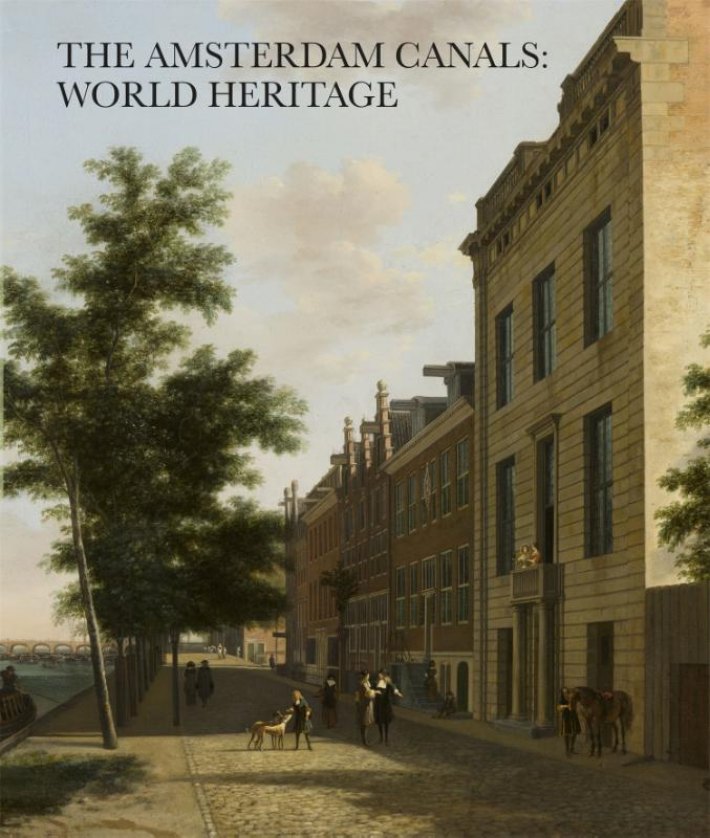dit werk kent de volgende uitvoeringen
verschijningsdatum02/09/2016

The Amsterdam canal ring is a unique monument of global stature. During the seventeenth and eighteenth centuries the world gathered in Amsterdam, and this made a substantial contribution to the face of the city. Architectural styles, building materials and consumer items also came to the city thanks to its many commercial contacts in Europe and the rest of the world. Nevertheless Amsterdam is typically Dutch. Foreign influences were absorbed in a thoroughly individual way and emerged in new, characteristic forms.
In this book Pieter Vlaardingerbroek, Gabri van Tussenbroek, Jerzy Gawronski and Ranjith Jayasena give a comprehensive description of the interaction between the world and Amsterdam. The many examples of styles, materials and objects that were introduced in Amsterdam during the seventeenth and eighteenth centuries make it easy to understand why the canals were made a World Heritage Site by unesco.
'A compact and demystifying book about the process and practice of creating a world heritage site. Super!' Felix Claus, dearchitect.nl
‘The canal ring, the largest seventeenth-century monument in the world, is not so much an Amsterdam or Dutch monument, but rather international cultural heritage.’ **** Bernard Hulsman, NRC Handelsblad